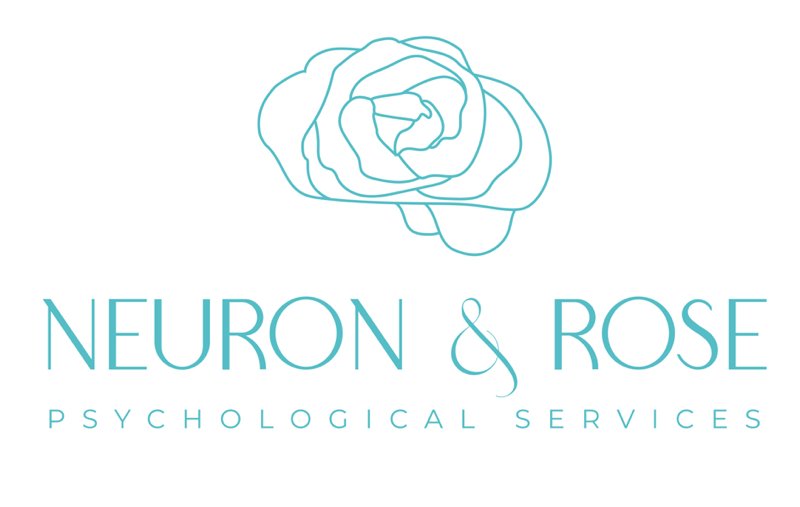Navigating Autistic Burnout: How It Differs from Regular Burnout and Depression
Disclaimer: We want to affirm our commitment to neurodiversity and inclusive language practices. We utilize identity-first language, acknowledging the preferences of the community we serve. Therefore, you may notice us referring to individuals as "autistic people" rather than "people with autism." This choice reflects our dedication to respecting the autonomy and identity of each individual. Studies have indicated that many within the autistic community prefer the term "autistic person," emphasizing the importance of recognizing and honoring diverse perspectives. Thank you for joining us on this journey of understanding and acceptance.
Hey there! Today, let's dive into the world of autistic burnout. It's something that doesn't get talked about enough, but it's super important for understanding the experiences of Autistic folks. We'll chat about what it is, how it's similar to regular burnout and depression, and what sets it apart.
So, what exactly is autistic burnout?
Well, it's not your typical "I'm tired from working too much" kind of burnout. It goes beyond just job stress and can happen when an Autistic person gets overwhelmed by all sorts of things, like noisy environments, social situations, or even just everyday stuff that most people wouldn't even notice.
According to Dr. Alice Nicholls, autistic burnout isn't just about feeling exhausted; it can mess with your cognitive and emotional abilities too. It's like your brain is running on empty, and even the simplest tasks can feel impossible [1].
Now, you might be thinking, "Hey, isn't that just regular burnout?" Well, yes and no. See, both autistic burnout and regular burnout can leave you feeling totally wiped out and unmotivated. But here's the kicker: autistic burnout isn't just about work stress. It's about dealing with a world that's often not designed with neurodiversity in mind. That means everything from bright lights to crowded spaces can be major triggers.
Okay, but what about depression?
How does depression fit into the picture? Well, depression and autistic burnout can share some similarities, like feeling hopeless or emotionally drained. But here's the thing: autistic burnout is more about external stressors, while depression can be more about internal stuff. So, while they might feel similar in some ways, they're not quite the same.
Now, here's where things get interesting. Recovery from regular burnout might just involve kicking back and taking it easy for a while. But recovering from autistic burnout? It's a bit more complicated. Dr. Nicholls suggests that creating a supportive environment that caters to sensory and social needs is key. So, think calming spaces, flexible schedules, and understanding friends and family [1].
And let's not forget about the bigger picture. Autistic burnout isn't just an individual problem; it's a societal one too. Thrive Autism Coaching reminds us that building a more inclusive world is crucial for preventing autistic burnout in the first place. That means accepting and accommodating neurodiversity in all aspects of life [2].
I’m in burn out! WHAT NOW?
Autistic burnout might share some similarities with regular burnout and depression, but it's a unique experience with its own set of challenges. By understanding these differences and working towards a more inclusive society, we can help support individuals on the autism spectrum and create a world where everyone can thrive. Stay tuned for our next blog post about how to prevent burn out and how to navigate it!
If you think you are Autistic, we would love to speak to you about Autism Evaluations. Contact us today.
References:
Nicholls, A. "What Is Autistic Burnout?" Dr. Alice Nicholls, https://www.dralicenicholls.com/what-is-autistic-burnout/#:~:text=While%20someone%20with%20occupational%20burnout,with%20social%20and%20sensory%20stressors.
Thrive Autism Coaching. "Understanding Autistic Burnout in Adults." Thrive Autism Coaching, https://www.thriveautismcoaching.com/post/understanding-autistic-burnout-in-adults.

